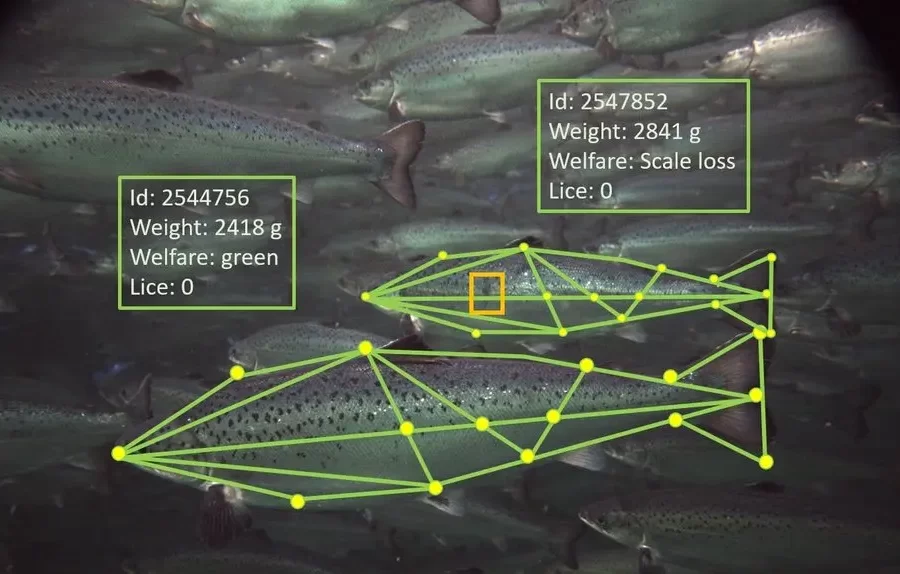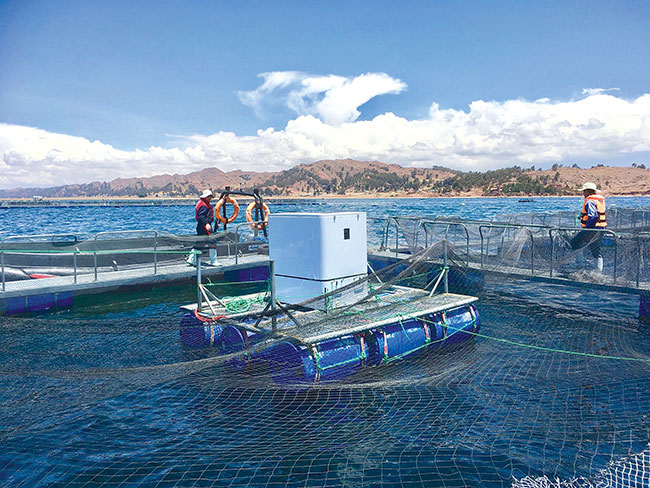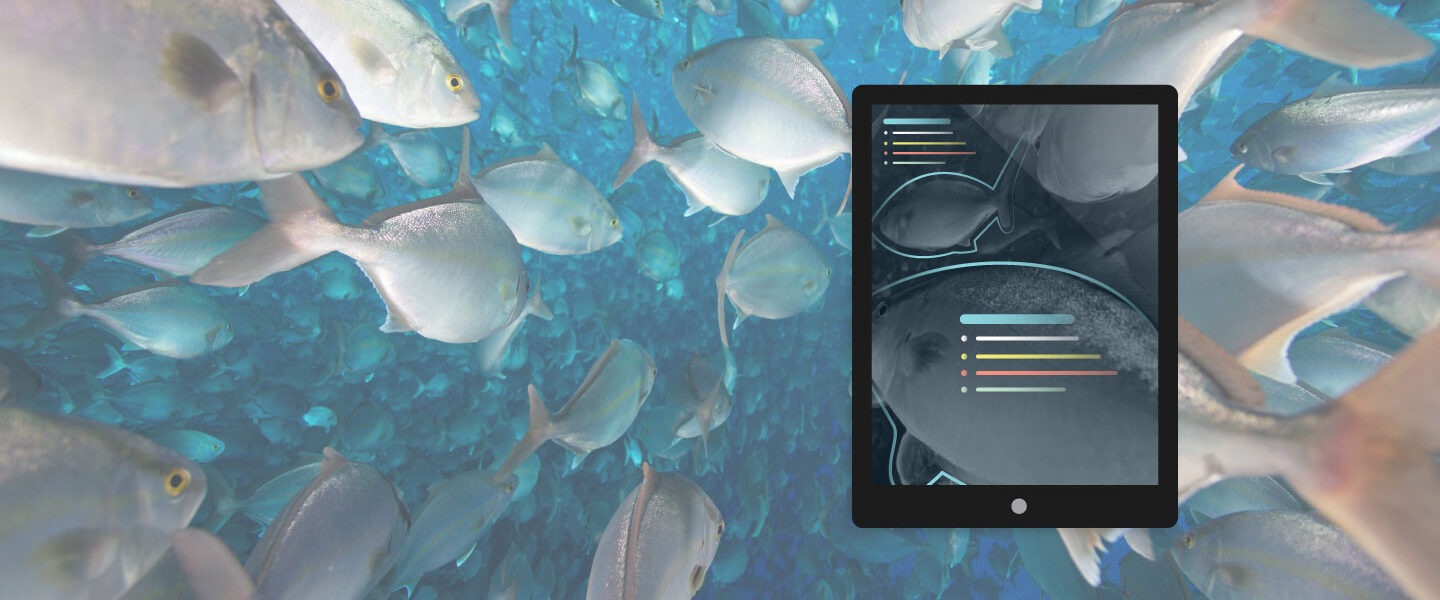Contents
The Role of AI in Improving Fish Farming Production
By Aécio D’Silva, PhD
AquaUniversity
AI and Fish Farming – Fish farming is a crucial part of the food industry and plays a vital role in providing sustainable seafood to meet the demands of the growing population. However, fish farming production has been facing several challenges, including unpredictable weather patterns, disease outbreaks, and water quality management. Artificial Intelligence (AI) is becoming increasingly important in revolutionizing fish farming production, addressing these challenges, and improving the overall efficiency and profitability of the industry.
AI and Fish Farming – Water Quality Management
One of the significant challenges in fish farming production is maintaining water quality, which is essential for fish growth and survival. AI can help in monitoring the water quality by providing real-time data on the pH level, dissolved oxygen, temperature, and other factors that affect fish growth. AI-powered systems can also alert farmers to take necessary actions to maintain optimal water conditions, preventing fish mortality due to poor water quality.
AI-based water quality monitoring systems can also predict water quality trends, allowing farmers to take proactive measures in advance to prevent any adverse impact on the fish population. These systems can also be integrated with other farming systems, such as feeding and harvesting, to ensure the optimal performance of the fish farm. With AI-powered water quality management, fish farmers can reduce the risk of losing their crops due to poor water quality, leading to a more sustainable and profitable fish farming industry.
Disease Management
Disease outbreaks are a significant concern for fish farmers as they can lead to significant losses in their production. AI can help in the early detection and management of diseases, allowing farmers to take proactive measures to prevent the spread of the disease. AI-powered disease detection systems can identify the early signs of the disease by analyzing fish behavior, growth patterns, and other factors, alerting farmers to take necessary action.
AI can also help predict disease outbreaks by analyzing environmental and other external factors affecting the fish population. This allows farmers to take preventive measures to minimize the risk of disease outbreaks and reduce the reliance on antibiotics, which can have adverse effects on fish health and the environment. With AI-powered disease management, fish farmers can ensure the healthy growth and survival of their fish population, leading to a more sustainable and profitable industry.
AI and Fish Farming – Feeding Optimization
Feeding is another critical aspect of fish farming production, and optimizing the feeding schedule and quantity is essential for optimal fish growth and development. AI-powered feeding optimization systems can analyze fish behavior, growth patterns, and other factors to determine the optimal feeding schedule and quantity. This can lead to improved feed utilization, reduced feed waste, and increased fish growth rates.
AI can also help in predicting fish growth and development, allowing farmers to adjust the feeding schedule and quantity accordingly. This can ensure that the fish are receiving the appropriate amount of feed, leading to optimal growth rates and reduced feed costs. With AI-powered feeding optimization, fish farmers can improve their operations’ overall efficiency and profitability, leading to a more sustainable and profitable industry.
Conclusion: AI is transforming the fish farming production industry, providing solutions to the challenges facing the industry and improving overall efficiency and profitability. Fish farmers can ensure sustainable and profitable production by utilizing AI-powered systems for water quality management, disease management, and feeding optimization. With the increasing demand for sustainable seafood, AI is poised to play a vital role in shaping the future of fish farming production.






